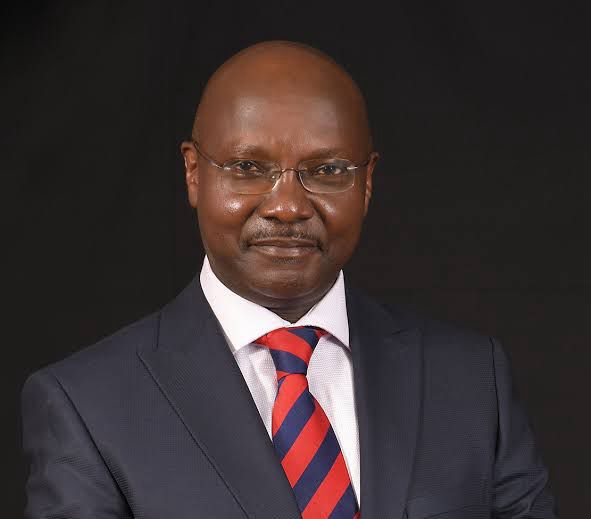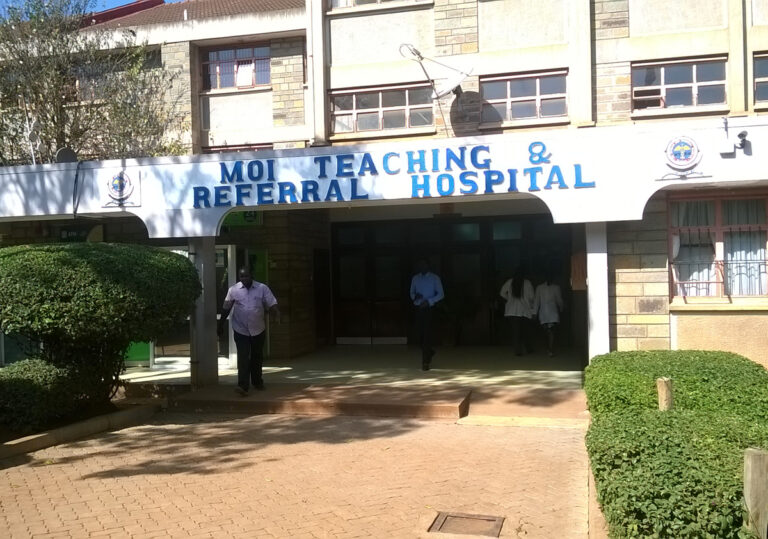
KICC. Photo: Courtesy.
By Blessing Tamara,
The Kenyan government has spent a staggering Sh1.9 billion on the renovation of the Kenyatta International Convention Centre (KICC), one of the country’s most iconic landmarks. The announcement, made by government officials, has sparked a mixed wave of reactions from the public, politicians, and economic analysts alike.
Built in 1973, the KICC has long served as a symbol of Kenya’s diplomatic and economic stature, hosting global conferences, cultural exhibitions, and major political events. According to the Ministry of Tourism, Wildlife and Heritage, the multi-billion-shilling facelift was aimed at modernizing the aging facility to meet international standards and attract more high-profile global events.
The renovations reportedly included structural upgrades, improved security features, modern conference facilities, digital infrastructure, energy efficiency systems, and restoration of public areas such as the amphitheatre and rooftop helipad. The government argues the revamp will boost tourism and position Nairobi as a leading conference hub in Africa.
However, the price tag—Sh1.9 billion—has raised eyebrows and drawn criticism in a country grappling with high inflation, youth unemployment, and mounting public debt.
Critics argue that the funds could have been better used on pressing social needs such as healthcare, education, and disaster preparedness, especially in light of recent floods and ongoing economic challenges. Some opposition politicians have questioned the transparency of the procurement process, calling for a public audit of the project.
On the other hand, supporters defend the expenditure as a long-term investment. “KICC is not just a building—it is an economic tool,” said one official in the Ministry of Tourism. “Its capacity to host international forums will translate into direct and indirect income for the economy through tourism, hospitality, and business.”
Analysts say the renovation could indeed yield economic benefits if strategically marketed and managed. “A modernized KICC can attract high-level summits, international expos, and global forums, which can significantly boost the local economy,” noted Dr. Mercy Wanjiku, a Nairobi-based economist.
Yet, she adds a note of caution: “While infrastructure upgrades are important, they must be part of a broader strategy to improve service delivery, enhance public trust, and address economic inequality.”
The Sh1.9 billion renovation of the KICC has once again brought into sharp focus the delicate balance between national development goals and prudent financial management. As the dust settles and the new-look KICC opens its doors, all eyes will be on the government’s ability to translate this massive investment into measurable economic returns.




